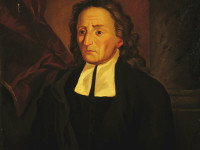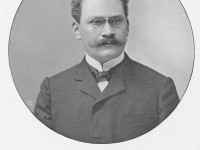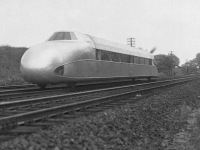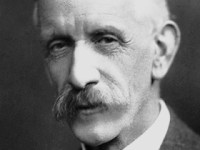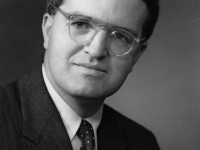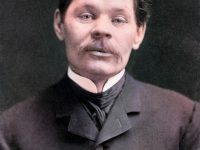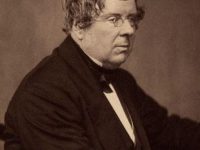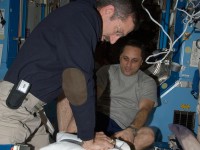William Penney and the British Nuclear Programme
On June 24, 1909, English mathematician William George Penney, Baron Penney , was born. He is acknowledged as having had a leading role in the development of Britain’s nuclear programme, a clandestine programme started in 1942 during World War II which produced the first British atomic bomb in 1952. William Penney – Early Years William Penney was raised in Sheerness, Kent, and attended the local technical school in Colchester where he completed his technical…
Read more












